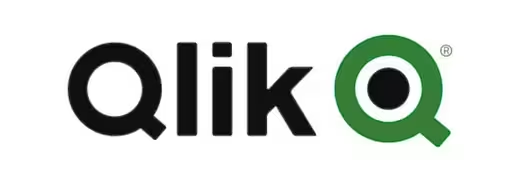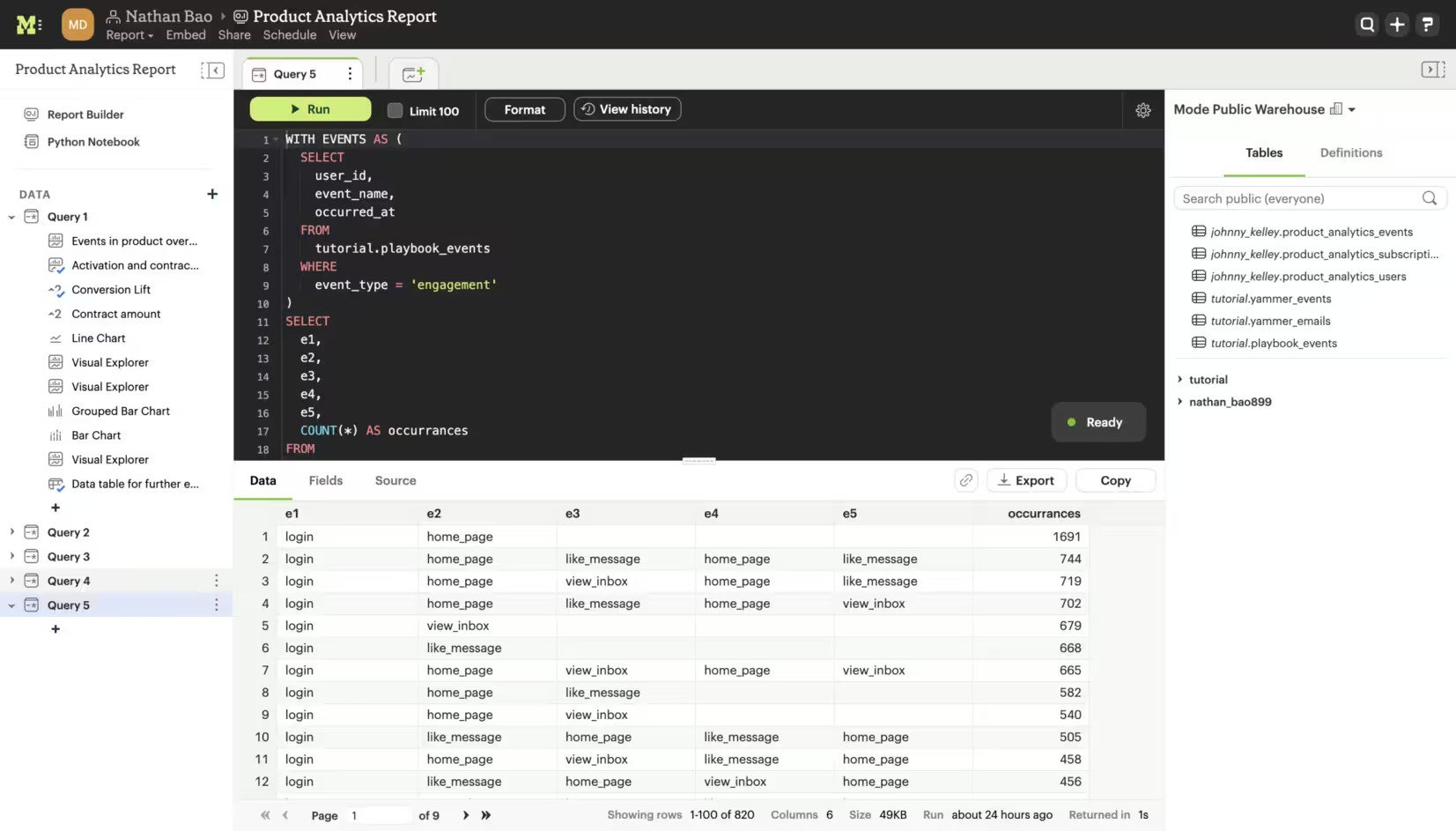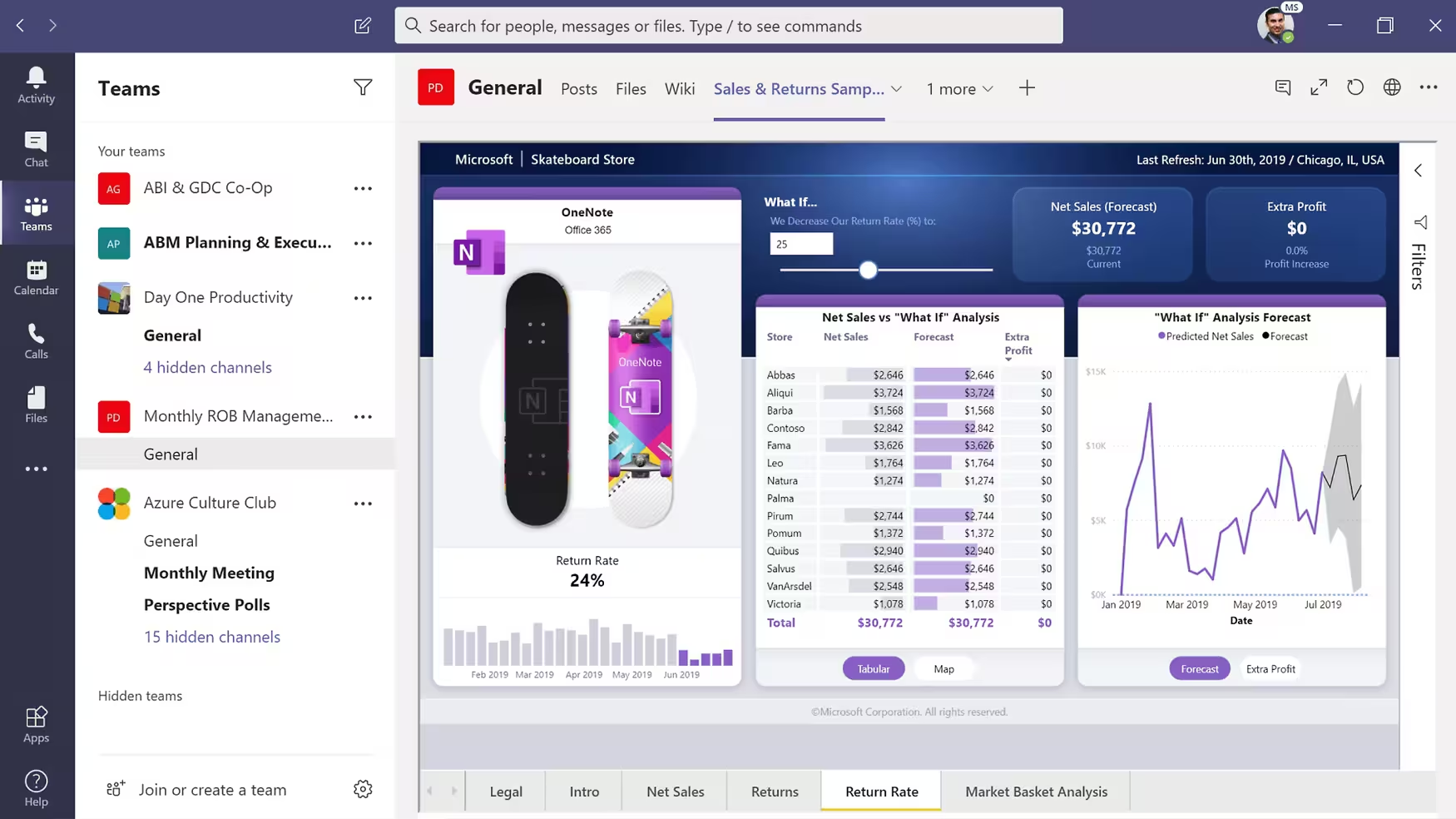What Is a Data Intelligence Platform?
A data intelligence platform is an integrated system, typically powered by artificial intelligence and machine learning algorithms to collect, process, and derive actionable insights from an organization's diverse data assets. These platforms consolidate data from various sources into a unified foundation, breaking down silos to improve data accessibility and foster a data-driven culture.
Core functions and capabilities of data intelligence platforms include:
- Data integration and management: Unifies data from disparate sources (databases, data lakes, etc.) into a single platform for easier management and access.
- AI/ML capabilities: Leverages AI and ML models to analyze data, identify patterns, and provide refined insights and recommendations.
- Data governance: Enforces data quality, security, and compliance across the organization's data assets.
- Metadata and cataloging: Builds a comprehensive data catalog to manage metadata, understand data lineage, and improve data discovery.
- Generative AI features: Incorporates generative AI to simplify tasks like code generation and enable natural language-based querying and analysis.
- Data visualization: Enables creation of dashboards, charts and other visual outputs that give stakeholders direct access to data.
- Data democratization: Makes data and AI insights accessible to a broader range of users, not just data experts.
This is part of a series of articles about data platform
Core Functions and Capabilities of Data Intelligence Platform
Data Integration and Management
Data intelligence platforms unify data from structured and unstructured sources, such as cloud applications, on-prem systems, and streaming platforms, into a centralized environment. This consolidation removes duplication and inconsistencies while ensuring data is readily accessible across the organization. Platforms often include prebuilt connectors, real-time ingestion, and change data capture (CDC) to keep datasets current and synchronized.
These platforms also manage the end-to-end data lifecycle, including data transformation, enrichment, and storage optimization. With built-in automation, they simplify pipeline configuration and reduce manual maintenance.
AI and ML Capabilities
Modern data intelligence platforms embed artificial intelligence (AI) and machine learning (ML) to automate complex tasks and unlock deeper insights. These capabilities may include automated data classification, anomaly detection, predictive analytics, and natural language processing.
Platforms use AI/ML to improve data quality, identify patterns, and recommend actions, reducing the burden on data teams and accelerating the time from raw data to actionable intelligence. The integration of AI and ML into the data pipeline allows organizations to analyze vast datasets that would be impossible to evaluate manually. This supports use cases like forecasting, churn prediction, or personalized recommendations with minimal human intervention.
Data Governance
Data governance in a data intelligence platform encompasses the policies, processes, and controls needed to manage data availability, usability, integrity, and security. This includes roles and responsibilities, data stewardship, data lineage, access management, and compliance with regulatory standards like GDPR or CCPA.
Proper governance frameworks help organizations reduce risk, enforce data privacy, and ensure that data is fit for purpose across different business units. Automated governance features in data intelligence platforms provide rule-based access controls, policy enforcement, and audit trails. They offer data masking, encryption, and detailed activity logs to protect sensitive information and demonstrate regulatory compliance.
Metadata and Cataloging
Metadata and cataloging are essential for discovering, organizing, and understanding an organization’s data assets. A data intelligence platform collects metadata (information about the data such as source, format, lineage, and usage statistics) and organizes it in a searchable catalog.
This catalog enables users to quickly find relevant datasets, understand data context, and trace data origins, which is critical for analysis, compliance, and troubleshooting. Beyond basic search, advanced metadata management features include data profiling, relationship mapping, and impact analysis. This helps users see how data flows across systems, who uses it, and how changes might affect downstream processes.
Learn more in our detailed guide to data catalog
Data Democratization
Data democratization refers to making data available and understandable to all stakeholders, not just IT or data experts. A core function of modern data intelligence platforms is eliminating technical barriers by providing self-serve analytics, intuitive interfaces, and natural language search capabilities.
By simplifying access, these platforms empower employees across business units to explore data, run queries, and extract insights independently. Enabling data democratization also involves providing training resources, documentation, and built-in data literacy features. When paired with robust governance and cataloging, democratization ensures that even non-technical users can safely leverage data without compromising compliance or quality.
Key Benefits of Data Intelligence Platforms for Organizations
A data intelligence platform creates a scalable foundation for managing data as a strategic asset. By consolidating fragmented data ecosystems and enabling smarter data usage, it helps organizations achieve efficiency, compliance, and innovation.
Key benefits include:
- Improved decision-making: Enables real-time, data-driven decisions across the organization by ensuring that data is accurate, accessible, and contextual.
- Operational efficiency: Reduces manual data handling and simplifies workflows through automation of integration, governance, and analytics processes.
- Regulatory compliance: Helps maintain compliance with data privacy and security regulations (like GDPR, CCPA) through built-in controls, auditing, and policy enforcement.
- Data trust and transparency: Enhances confidence in data by offering lineage tracking, version control, and detailed metadata, allowing users to understand where data comes from and how it’s used.
- Faster time-to-insight: Speeds up analytics cycles by providing self-service tools, centralized catalogs, and AI/ML-powered recommendations.
- Cross-team collaboration: Breaks down silos by making data assets discoverable and usable across departments, fostering collaboration between technical and business users.
- Scalability and flexibility: Adapts to growing data volumes and evolving data sources, supporting both structured and unstructured data across cloud and on-prem environments.
- Enhanced data literacy: Promotes a data-first culture by making data more approachable and useful to non-technical stakeholders through user-friendly interfaces and embedded guidance.
Notable Data Intelligence Platforms
1. Qlik

Qlik provides analytics and AI capabilities centered on its associative engine, enabling flexible exploration across combined data. It includes generative, predictive, and agentic features, plus deployment options across cloud and on-premises. The platform connects to many enterprise systems and supports embedded and mobile analytics to deliver insights where decisions occur.
Key features include:
- Associative analytics engine: Indexes and freely associates data across sources, supporting fast exploration beyond traditional, strictly query-based filtering and joins.
- Generative, predictive, and agentic AI: Adds natural language answers, no-code predictions, and event-driven monitoring with actions integrated into analytics workflows.
- Flexible deployment options: Runs analytics in the cloud or on premises, allowing teams to decide where to store, transform, and analyze data.
- Broad connectivity: Provides connectors to major applications and platforms, combining data from systems like ERP, CRM, cloud warehouses, and open formats.
Embedded and mobile analytics: Delivers context-aware insight in applications and on devices, extending analytics access to operational environments and field users.

2. Mode

Mode is a business intelligence platform combining ad hoc analysis with self-serve reporting in one environment. It offers a SQL-first workflow with connected Python and R notebooks, interactive dashboards, and lightweight data apps. Governance and scale features include granular access controls, scheduling, and embedded analytics.
Key features include:
- Integrated analyst workflow: SQL editor supports rapid query iteration, then passes results directly to Python and R notebooks for advanced analysis.
- Self-serve reporting and dashboards: Publishes curated datasets and interactive dashboards, enabling non-technical users to explore results without modifying underlying queries.
- Visual exploration at scale: Lets users explore over one hundred thousand data points in-browser, sharing interactive explorations alongside narrative writeups.
- Governance and scalability: Offers identity provisioning, granular permissions, query-level search, collections, scheduled runs, and warehouse connections for growing teams.
Programmability and embedding: Provides programmatic APIs and embedded analytics capabilities to integrate reports and applications within existing products and workflows.

3. Tableau
.avif)
Tableau is an analytics platform available as cloud or self-hosted deployments, with desktop authoring and an open architecture. It integrates trusted AI through Salesforce Einstein, supports governance and security certifications, and emphasizes drag-and-drop exploration with VizQL, Pulse metrics, and a broad ecosystem of connectors and extensions.
Key features include:
- Multiple deployment options: Offers Tableau Cloud and Tableau Server for hosted or self-managed analytics, plus Tableau Desktop for offline modeling and visualization.
- AI-assisted analysis: Integrates Einstein for insights, narratives, and natural language exploration, embedded within semantic-aware workflows and dashboard experiences.
- Governance and security: Supports SSO integration, centralized monitoring, and security certifications like SOC and ISO across enterprise cloud offerings.
- Open, scalable platform: Uses reusable models, accelerators, and extensions to scale mission-critical analytics without constant server configuration or hardware management.
User-centric exploration: Enables drag-and-drop analysis with VizQL and personalized metrics via Tableau Pulse to standardize definitions across analytics.

4. Looker
.avif)
Looker is a business intelligence and data platform from Google Cloud that delivers governed analytics, AI-powered insights, and custom data applications, built on a semantic modeling layer. It offers an API-first architecture that allows teams to explore and activate data across cloud environments.
Key features include:
- Semantic modeling layer: Provides a centralized, governed framework for metrics and business logic, ensuring consistent definitions and results across all tools and users.
- AI-powered analytics (Gemini in Looker): Accelerates analysis with AI assistance for building visualizations, writing formulas, and modeling data guided by Google’s Gemini models and metadata-aware logic.
- Self-service reporting and dashboards: Helps users to explore, drill down, and create visual dashboards, using governed data to maintain trust and consistency across the organization.
Looker Studio integration: Offers drag-and-drop reporting connected to over 800 data sources, supporting both governed and ad hoc analytics for different user needs.

5. Power BI

Power BI provides data visualization and reporting across Microsoft Fabric, Microsoft 365, and Azure ecosystems. It supports governed self-service and enterprise BI, embedded analytics, and Copilot-driven report creation. Options include desktop, cloud service, and on-premises report server deployment.
Key features include:
- Governed single source of truth: Connects disparate sources within one environment, combining enterprise scale and self-service to standardize metrics and definitions.
- Copilot and templates: Accelerates report creation with AI-generated content and hundreds of starter templates for common analytic scenarios and layouts.
- Microsoft interoperability: Integrates with Azure, Microsoft 365, Power Platform, Dynamics 365, and Purview for governance, discovery, and sensitivity labeling.
- Flexible deployment modes: Supports Power BI Desktop, cloud service, embedded experiences, and an on-premises Report Server for hybrid requirements.
Scheduling and distribution: Automates report refreshes and delivers updates through email or Slack alternatives, extending insights into daily productivity tools.











.png)